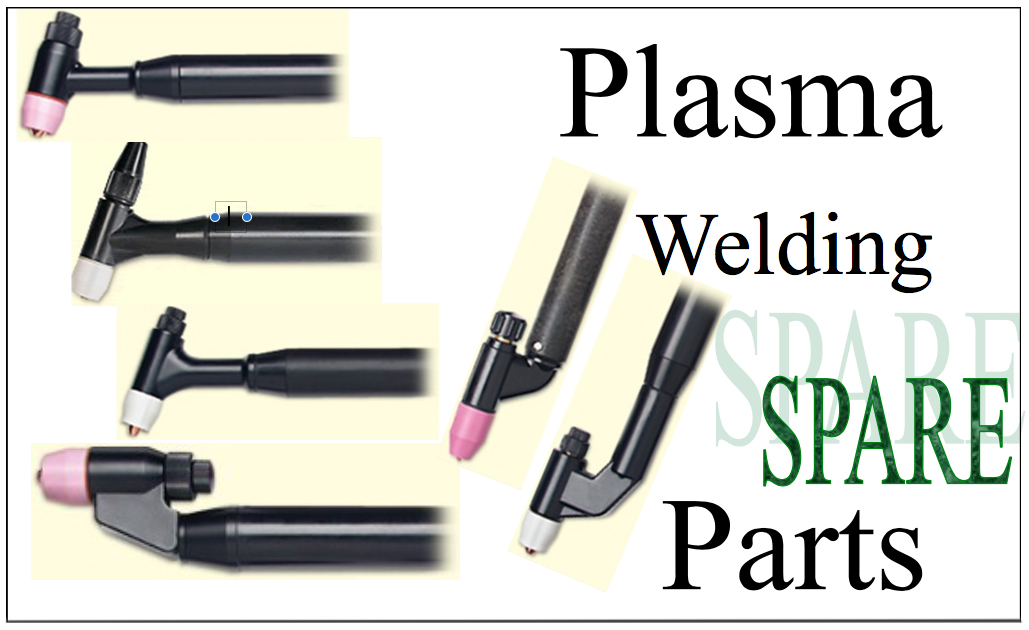
Difference Between MIG and TIG Welding
The Basic difference between MIG and TIG welding is that one uses consumable wire electrode (MIG) and other (TIG) uses non-consumable tungsten electrode. In MIG welding process, electric arc is produced between a consumable wire electrodes and workpiece metals. And in TIG welding process, electric arc is produced between a non-consumable tungsten electrode and workpiece metals. The heat generated by the arc is used to melt the metals and forms weld. Here we will discuss all the major differences among MIG and TIG Welding.
Difference Between MIG and TIG Welding
Here we have learnt all the major difference between MIG and TIG welding. If you have any questions regarding this article than comment us at Process Welding Systems.
|
S.no
|
MIG Welding
|
TIG welding
|
|
1.
|
MIG stands for Metal Inert Gas Welding. It is also known as Gas Metal Arc Welding (GMAW), Metal Active Gas Welding (MAG).
|
TIG stands for Tungsten Inert Gas Welding. It is also known as Gas Tungsten Arc Welding (GTAW).
|
|
2.
|
It is a welding process in which electric arc is formed in between a consumable wire Electrode and workpiece metal(s).
|
It is a process in which an electric arc is formed in between a non-consumable tungsten electrode and workpiece metal(s)
|
|
3.
|
The type of electrode used is consumable wire electrodes.
|
The type of electrode used is non-consumable tungsten electrode.
|
|
4.
|
Most commonly it uses constant voltage, direct current power source for the welding. It can also use constant current system and alternating current.
|
It uses constant current welding power supply for the welding.
|
|
5.
|
The materials which it can weld are aluminum, non-ferrous materials and steels.
|
It is most commonly used to weld stainless steels and non-ferrous metals like aluminum, magnesium and copper alloys.
|
|
6.
|
High skilled operator is not required to perform MIG welding process.
|
High skilled operator is required to perform TIG welding process.
|
|
7.
|
It has high weld deposition rate.
|
It has low weld deposition rate as compared with MIG welding.
|
|
8.
|
No filler metal is required. The feed electrode wire melts and acts as filler metal.
|
It may require filler metal from outside in some cases if needed.
|
|
9.
|
It can weld thick metal sheets up to 40 mm.
|
It can weld thin metal sheets up to 5 mm.
|
|
10.
|
It produces less quality of weld as compared with TIG.
|
It produces high quality of weld because it affords greater control over weld area.
|
|
11.
|
It uses continuous wire feed.
|
It does not uses continuous wire feed.
|
|
12.
|
The equipment used in MIG welding process is a welding gun, a welding power supply, a feed wire unit, a welding electrode wire and a shielding gas supply.
|
The equipment used in TIG welding process is welding torch, non-consumable tungsten electrode, a constant-current welding power supply and a shielding gas source.
|
|
13.
|
It is a faster welding process.
|
It is a slower welding process.
|
|
14.
|
In this welding process, the use of filler metal is compulsory.
|
But in this welding process the filler metals may or may not be used. There is no compulsion of using filler metals, it is used when required.
|
|
15.
|
It cannot work in any position.
|
It can be worked in any position.
|

